Natural Products
Organic compounds isolated and extracted from the body of naturally existing organisms are collectively known as natural products. They are formed through photosynthesis and biochemical reaction inside the bodies of animals and plants. For example, starch comes from the seeds, stems and roots block of plants; meat, dairy products, eggs and cereals, beans are the basic source of protein; many drugs such as ephedrine, menthol and gall bladder are extracted from the corresponding organisms; indigo blue dye, red dye alizarin are respectively extracted from natural indigo leafs and madder; natural spices musk, jasmine, and rose also originate from the corresponding animal and plant body.
In most cases, natural products are not necessary for plants, insects or microorganisms that produce them while being significantly different from other kinds organic compounds (e.g., sugars, amino acids, nucleic acids, and the multimers they formed). For example, morphine is also presented in several few species such as poppy plant poppy, and bristle poppy, corn poppy and Stephania plant, Stephania cepharantha Hayata.
Although morphine has been used by humans as analgesic, people do not know its functions in these plants. Another example is that penicillin is produced by a few fungal species while not by other organisms. It is used as antimicrobial agents by humans for the treatment of a variety of infectious diseases, but they are of no use in microorganisms produce them.
Marine natural products refer to organic substances extracted from marine organisms. It includes various types of compounds including aliphatic compounds, aromatic, terpenes, sterols and nitrogen-containing compound, sulfur-containing compound and so on. The ocean is treasure house containing large amounts of natural products of biological and pharmacological activity. There are about 80% of animals or plants living in the earth and around 1500 kinds of bacteria species living in the ocean. For example, the common marine plant, algae has a long history of application as food and medicines in China; for example, in one of the earliest medical literature in the world, "Shen Nong's Herbal Classic", there are records of "seaweed can treat gall," "oyster can strengthen the bone and joints, kill evil". Seaweed is rich in various kinds of organic compounds of unique structures, especially these metabolites have various kinds of physiological activities such as terpene compound being rich in halogen as well as aliphatic compounds, sulfur-containing, nitrogen-containing and sterols compounds of antimicrobial activity as well as physiological activity of anti-cardiovascular disease. Polysaccharide polymers (such as alcohol ester, alginate and carrageenan) that have important application values in industry and medicine are also made from seaweed. Toxic component having a strong physiological activity obtained from thousands of venomous creatures (such as tetrodotoxin, etc.) in the ocean are treasure to the human given by nature. It was found that in the extracts of marine animals, about 10% have anti-P388 lymphocytic leukemia and KB cell activity; about 3.5% of marine plant extracts have anti-tumor effect or anti-cytotoxicity effects. Americans, from over 400 species of marine natural products, have found that there are 100 kinds of them having various biological, pharmacological activities.
- Structure:
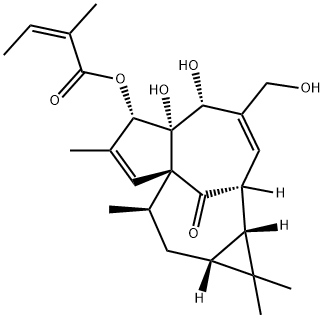
- Chemical Name:Ingenol mebutate
- CAS:75567-37-2
- MF:C25H34O6
- Structure:

- Chemical Name:SENNOSIDE
- CAS:
- MF:C42H38O20
- Chemical Name:CHRYSANTHEMUM FLOWER EXTRACT
- CAS:
- MF:
- Chemical Name:Nettle Root P.E
- CAS:
- MF:
- Chemical Name:Ginkgo Biloba P.E
- CAS:
- MF:
- Structure:
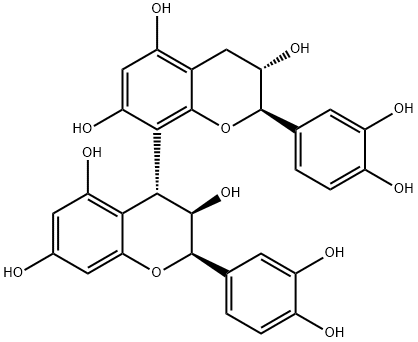
- Chemical Name:Procyanidin B1
- CAS:20315-25-7
- MF:C30H26O12
- Chemical Name:BEE POLLEN
- CAS:
- MF:
- Chemical Name:Tussilago farfara, ext.
- CAS:84625-50-3
- MF:
- Chemical Name:Horsetail Extract
- CAS:
- MF:
- Chemical Name:WHITE WILLOW BARK P.E.
- CAS:
- MF:
- Chemical Name:Cassia seed extract
- CAS:
- MF:
- Chemical Name:LEMON OIL
- CAS:68917-33-9
- MF:
- Chemical Name:7-Ethyl camptothecin
- CAS:
- MF:
- Chemical Name:Red Clover P.E.
- CAS:
- MF:
- Structure:
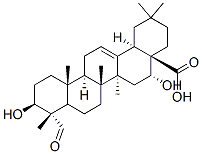
- Chemical Name:Quillaic acid
- CAS:631-01-6
- MF:C30H46O5
- Chemical Name:HORSE CHESTNUT EXTRACT
- CAS:
- MF:
- Structure:
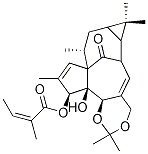
- Chemical Name:Ingenol-5,20-acetonide-3-O-angelate
- CAS:87980-68-5
- MF:C28H38O6
- Chemical Name:Red yeast rice P.E
- CAS:
- MF:
- Chemical Name:PAPAYA EXTRACT
- CAS:
- MF:
- Chemical Name:LOQUAT LEAF
- CAS:
- MF:
- Chemical Name:Magnolia Bark P.E.
- CAS:
- MF:
- Structure:
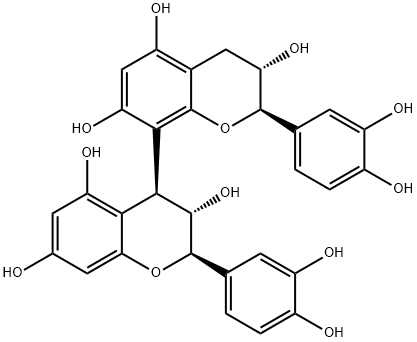
- Chemical Name:PROCYANIDIN B3
- CAS:23567-23-9
- MF:C30H26O12
- Chemical Name:BAMBOO LEAF EXTRACT
- CAS:
- MF:
- Chemical Name:TANSHINONE ⅡA
- CAS:
- MF:
- Structure:
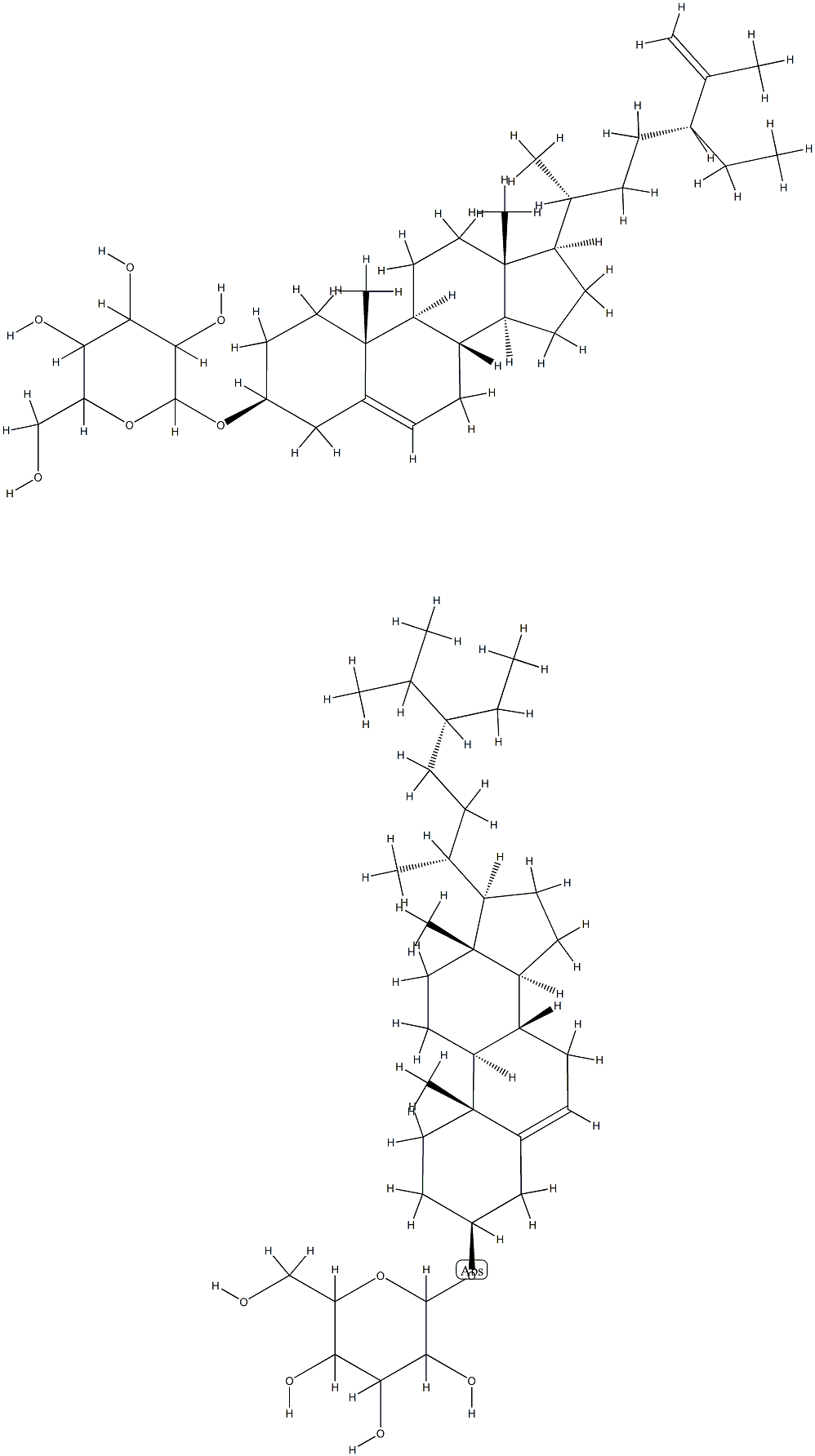
- Chemical Name:CHARANTIN(NEW)(P)
- CAS:57126-62-2
- MF:C70H118O12
- Chemical Name:Bilberry P.E
- CAS:
- MF:
- Chemical Name:Ginkgo biloba P.E Ginkgolic acid 1% 24% 6%
- CAS:
- MF:
- Chemical Name:Royal Jelly Lyophilized Powder
- CAS:
- MF:
- Structure:
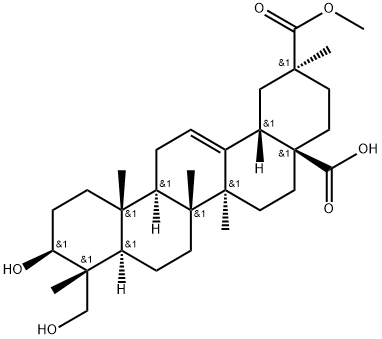
- Chemical Name:phytolaccagenic acid
- CAS:54928-05-1
- MF:C31H48O6
- Chemical Name:Berberine Chloride
- CAS:
- MF:
- Structure:
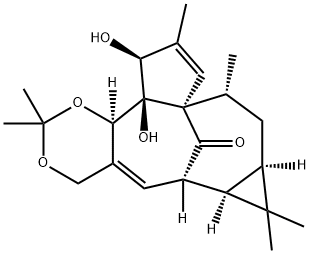
- Chemical Name:(6R)-6,6aβ,7aβ,8,9,12,12a,12bβ-Octahydro-12α,12aα-dihydroxy-2,2,7,7,9β,11-hexamethyl-7H-6β,9aβ-methano-4H-cyclopenta[9,10]cyclopropa[5,6]cyclodeca[1,2-d]-1,3-dioxin-13-one
- CAS:77573-43-4
- MF:C23H32O5
- Chemical Name:CELERY SEED P.E.
- CAS:
- MF:
- Chemical Name:Aloe P.E
- CAS:
- MF:
- Chemical Name:Smoketree P.E
- CAS:
- MF:
- Chemical Name:Indian Bread P.E.
- CAS:65637-98-1
- MF:
- Chemical Name:PALMLEAF RASPBERRY FRUIT
- CAS:
- MF:
- Chemical Name:Dandelion root extract
- CAS:
- MF:
- Chemical Name:Andrographis Paniculata PE
- CAS:
- MF:
- Chemical Name:Black currant extrac
- CAS:
- MF:
- Chemical Name:PHYCOCYANIN
- CAS:
- MF:
- Structure:
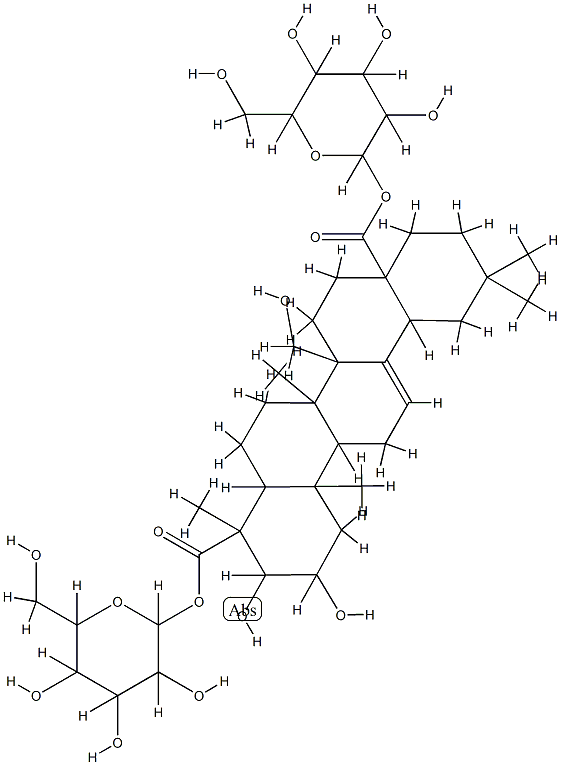
- Chemical Name:Panax Ginseng extract
- CAS:50647-08-0
- MF:C42H66O17
- Chemical Name:CHINESE DODDER SEED
- CAS:
- MF:
- Chemical Name:Cordyceps polysaccharide
- CAS:
- MF:
- Structure:
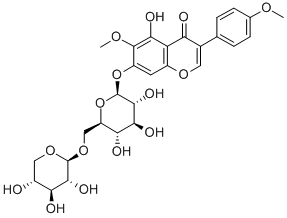
- Chemical Name:kakkalide
- CAS:58274-56-9
- MF:C28H32O15
- Structure:
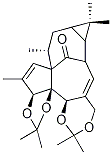
- Chemical Name:(1aR,7bR)-1aα,2,7aα,13,14,14aα-Hexahydro-1,1,6,6,9,9,11,13α-octamethyl-10aαH-2α,12aα-methano-1H,4H-cyclopropa[5,6][1,3]dioxolo[2',3']cyclopenta[1',2':9,10]cyclodeca[1,2-d][1,3]dioxin-15-one
- CAS:77573-44-5
- MF:C26H36O5
- Chemical Name:Pumpkin Seed Extra
- CAS:
- MF:
- Chemical Name:Pomegranate P.E
- CAS:
- MF:
- Chemical Name:Gyminena Silvestris
- CAS:
- MF:
- Chemical Name:Licorice Extract powder 22% W/W
- CAS:
- MF:
- Chemical Name:TetrahydrocucuMin
- CAS:
- MF:
- Chemical Name:PU-ERHTEAP.E.
- CAS:
- MF:
- Chemical Name:Arctium lappa Alternate
- CAS:
- MF:
- Structure:
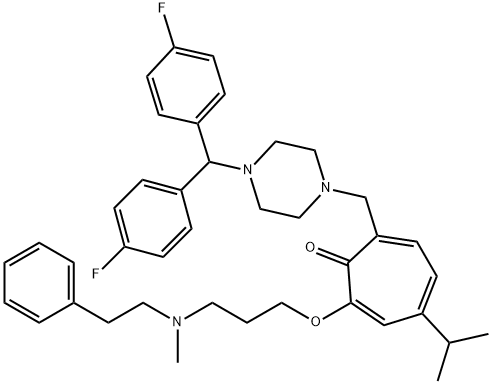
- Chemical Name:Atactylodis macrocethalae.P.E
- CAS:142223-62-9
- MF:C40H47F2N3O2
- Chemical Name:Common Fenugreek Seed P.E.
- CAS:
- MF:
- Structure:
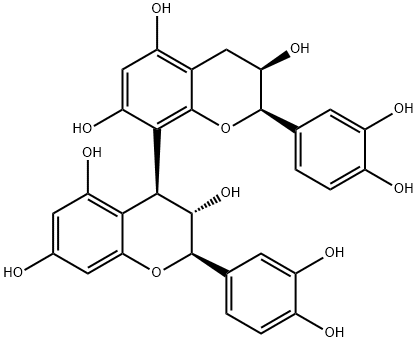
- Chemical Name:CATECHIN-(4ALPHA->8)-EPICATECHIN
- CAS:29106-51-2
- MF:C30H26O12
- Chemical Name:Xanthium Extract
- CAS:
- MF:
- Chemical Name:Siler Extract
- CAS:
- MF:
- Chemical Name:Smilax sarsaparilla, ext.
- CAS:91770-66-0
- MF:
- Chemical Name:SEAWEED EXTRACT
- CAS:
- MF:
- Chemical Name:LOTUS LEAF P.E.
- CAS:
- MF:
- Chemical Name:Rhizoma Cibotii Extract
- CAS:
- MF:
- Chemical Name:Piper nigrum Extract
- CAS:
- MF:
- Chemical Name:Griffonia Seed P.E
- CAS:
- MF:
- Chemical Name:Theaflavins
- CAS:
- MF:
- Chemical Name:Cordyceps Extract Extract
- CAS:
- MF:
- Chemical Name:Caulis Spatholobi Extract
- CAS:
- MF:
- Chemical Name:Tea Polyphenols
- CAS:
- MF:
- Structure:
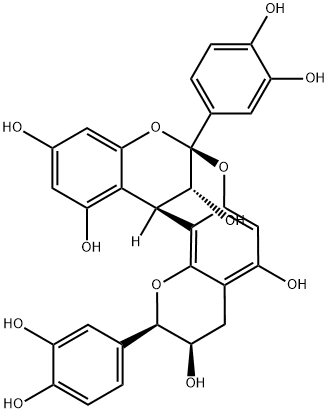
- Chemical Name:PROCYANIDIN A2
- CAS:41743-41-3
- MF:C30H24O12
- Chemical Name:Spirulina Powder
- CAS:
- MF:
- Chemical Name:Silk peptide
- CAS:
- MF:[R-CH(CNH2)-C00H]nn=4-5
- Chemical Name:TribulusP.E
- CAS:
- MF:
- Chemical Name:Breviscapinun
- CAS:
- MF:
- Chemical Name:Couch grass Extract
- CAS:
- MF:
- Chemical Name:Tangerine peel P.E.
- CAS:
- MF:
- Chemical Name:Cloves Extract
- CAS:
- MF:
- Chemical Name:Tienchi Ginseng extract
- CAS:
- MF:
- Chemical Name:JUJUBE P.E.
- CAS:
- MF:
- Chemical Name:Celandine Extract
- CAS:
- MF:
- Structure:
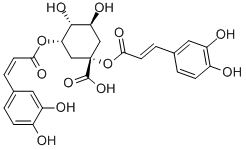
- Chemical Name:cynarin
- CAS:1884-23-7
- MF:C25H24O12
- Chemical Name:Feverfew P.E
- CAS:
- MF:
- Chemical Name:Yohimbe Bark P.E.
- CAS:
- MF:
- Chemical Name:Aloes powder:barbados(curacos)
- CAS:
- MF:
- Chemical Name:Sinomenii Root P.E
- CAS:
- MF:
- Chemical Name:Berberidis Root P.E
- CAS:
- MF:
- Chemical Name:Ganoderma lucidum spores oil
- CAS:
- MF:
- Chemical Name:Megranate Seed P.E
- CAS:
- MF:
- Chemical Name:White Tea Extract
- CAS:
- MF:
- Chemical Name:Peppermint Extract
- CAS:
- MF:
- Chemical Name:Nardostachytis Extract
- CAS:
- MF:
- Chemical Name:Black bean extract
- CAS:7896-97-1
- MF:
- Chemical Name:PolygonatuM officinale, ext.
- CAS:
- MF:
- Chemical Name:Asari/Wild Ginger Extract
- CAS:
- MF:
- Structure:

- Chemical Name:HAMAMELITANNIN
- CAS:469-32-9
- MF:C20H20O14
- Chemical Name:Tomato Extract
- CAS:
- MF:
- Structure:
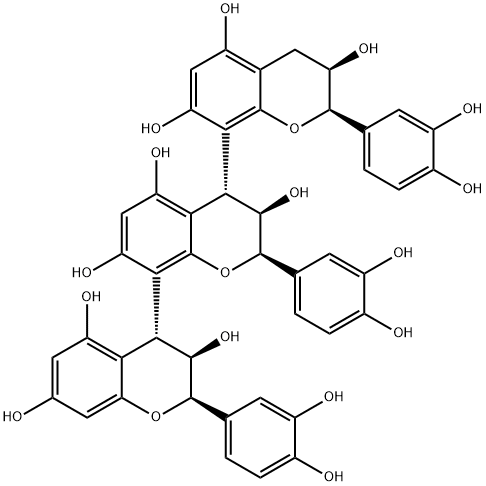
- Chemical Name:PROCYANIDIN C1
- CAS:37064-30-5
- MF:C45H38O18
- Chemical Name:Red Kojic Rice(powder)
- CAS:
- MF:
- Chemical Name:Fructus lycii Ext
- CAS:
- MF:
- Chemical Name:Asia Plantain Ext
- CAS:
- MF:
- Chemical Name:Senna leaf Ext
- CAS:
- MF:
- Chemical Name:MICHELIA ALBA FLOWER OIL
- CAS:
- MF: